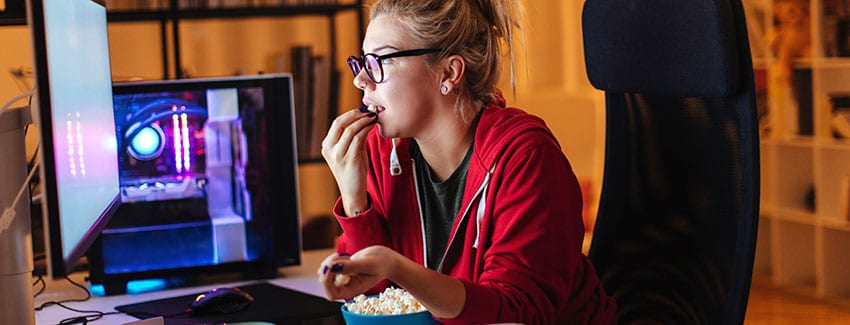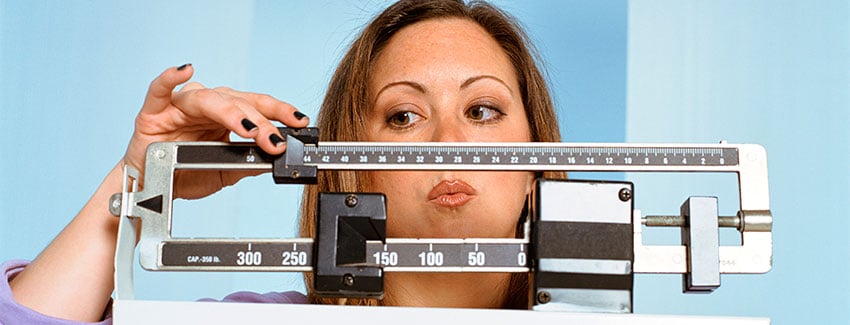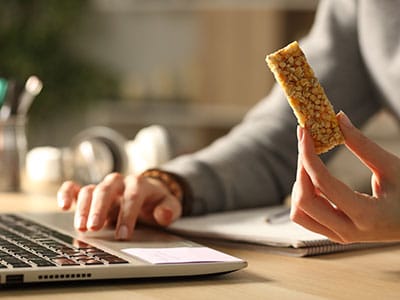
Has the pandemic given us a snacking problem?
Problem or opportunity? It’s all a matter of perspective. One thing is for sure; our national snacking habits gained significant attention over the past couple of pandemic years – and not solely in trade and business publications.
SNACK SALES HEAT UP
It’s not as if snacking is a new habit. Regular snacking was well-entrenched before COVID. Snacking was often referred to as the fourth and fifth meal of the day. So, why all the attention?
Pandemic-style snacking
Let’s take a quick skip down memory lane. Way back in 2020, Americans were thrown into a new COVID reality – lifestyles abruptly changed. Suddenly, most of the country was spending more time at home. Work, school, entertainment, shopping, exercise – instead of leaving the house for all these activities, we did them at home. Almost overnight our free ranging lives essentially became homebound.

This abrupt change in consumer behavior had a profound impact on snacking, according to market experts at The Hartman Group who follow American eating patterns. They said snacking is more affected by lifestyle changes than regular meals because snacking is bound to people’s daily activities, whereas meals tend to be more structured parts of people’s lives.
The pandemic not only disrupted normal snacking patterns, it came with its own set of snacking triggers – anxiety and boredom. Pre-pandemic, The Hartman Group categorized snacking under three pillars: nourishment, optimization and pleasure. After 2020, they introduced a fourth – distraction. In their annual snacking research, data showed 40% of all snacking reflected some need for distraction compared to 34% for meals.

Minding our snacks
We’ve all heard the sniggers about packing on the COVID 15, personally for me it was more like the COVID 20. Much of the hit to our national waistline has been attributed to our pandemic snacking. The snacking to relieve stress, for comfort, to reduce anxiety and out of simple boredom was a boon for snack sales although not for our collective wellbeing. This uptick in distracted snacking eventually led to this next set of headlines.
HOW TO MANAGE MINDLESS SNACKING FROM YOUR PANDEMIC HOME OFFICE
STRESS SNACKING?
NEED TO LOSE THOSE PANDEMIC POUNDS?
Now there’s the reckoning as people take a closer look at their snacking habits. It’s decision time – problem or opportunity? I look at is an opportunity, a time to press the reset button. People aren’t going to stop snacking altogether. Snacking is entrenched in our lifestyle. Nor are they going to abandon indulgent or distracted snacking. Instead as Mintel’s Director of Insights Marcia Mogelonsky noted, “there’s a growing need for balance as snacks become as common as meals.”

We need to move from mindless snacking to mindful snacking. People are interested in their overall wellbeing and that of their families; they just need an assist. Mogelonsky suggests manufacturers help consumers balance their choices between healthy and indulgent options. This could be through “snack menus” or on pack serving guidance or portion size/single-serve packaging or apps with nutrition info. In other words, supportive snacking.
Future snacking
Here’s my take. Healthful snacking is an opportunity. Think of it as an opportunity to consume more fruit and vegetables during the day. Most people don’t eat the recommended five to seven servings. Wouldn’t it be amazing to read these headlines?
AMERICANS FAVE SNACK – FRUIT!
PER CAPITA CONSUMPTION OF FRUIT & VEGETABLES INCREASES, AGAIN!
Perhaps, that’s overly optimistic. Nonetheless, we’d love to help you develop your next healthful snack product. Contact us, or visit our application ideas page.




